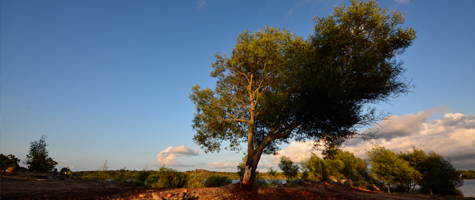Castelo de Vide is also known as “Sintra of the Alentejo”, as D. Pedro the Fifth called it. The surrounding areas offer a large variety of routes and hiking tours, where you can enjoy the diverse landscape on foot, by bike or by car. Interesting contrasts in the relief provide impressive panoramas which transform regularly along the year with the change of the seasons.
There are also plenty of possibilities for sportive activities in Castelo de Vide, for example swimming pools (indoor and outdoor), maintenance trails, tennis courts, a multi-sports pavilion and a grass field with tartan track…
Folklore is a major cultural activity in the area. There are two folk groups which have the objective to preserve and spread traditions and customs of the region. Besides, handicrafts are an important touristic attraction and provide the livelihood of the people. Popular are works of wood or cork, pottery, wrought iron, embroidery and patchwork. Trying the local gastronomy is a must. Typical dishes are: Sarapatel (kind of a meat stew), Cachafrito (sauteed lamb), bread soup, potato soup with bell pepper, dogfish in garlic sauce, goat or sheep stomach in tomato sauce, Migas (bread soaked in stock and fried in olive oil) and many more. Popular sweets from the region are various pastries like Boleima and Queijadas, and cakes like Bolo da Massa and Bolo Finto. Castelo de Vide also offers numerous kinds of accommodation.
